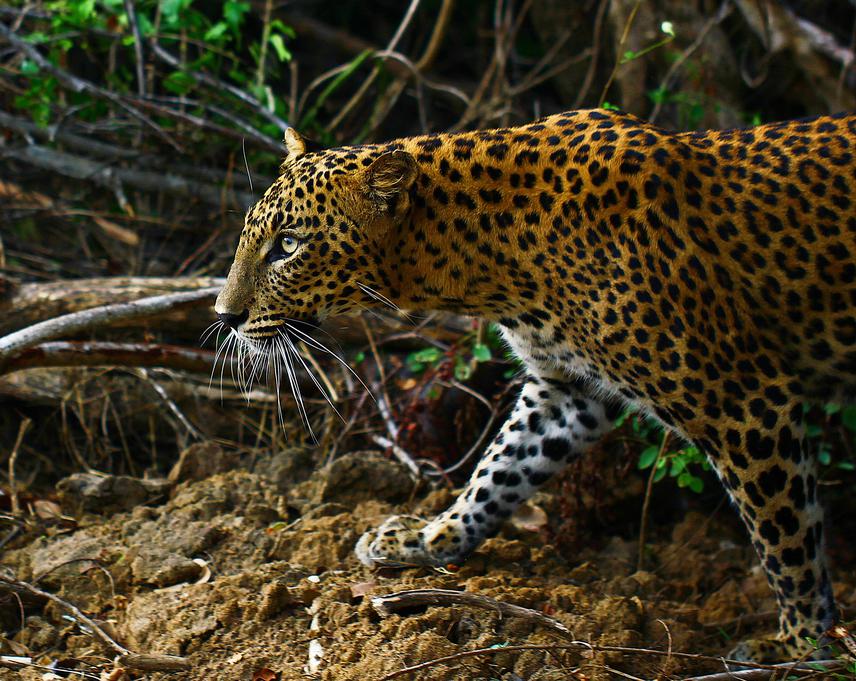Dinal Samarasinghe
The project hopes to estimate densities in three national parks, and develop a standardised methodology for long term monitoring of the endangered leopard in Sri Lanka.

The Sri Lankan Leopard Panthera pardus kotiya Deraniyagala, 1953, is globally and nationally categorised as an endangered species (IUCN 2008; MoER, 2012). It is the second remaining island leopard in the world. It has been the only large carnivore in the island for from ca. 10,000 years ago. It acts as a key stone species in its ecosystem. It is currently found in a wide range of habitats from scrub forests, in Sri Lanka confined to most of the islands’ protected area and some unprotected/proposed forest area. Its habitat is highly fragmented, and several populations have been isolated for centuries. Its small size, elusiveness and wider prey spectrum has made the animal as the most adaptable cat in the world. However, further destruction of the natural habitat with its natural prey species depleting may affect the natural populations of leopards. Sri Lanka has been undergoing rapid economic development over the past few decades and by and large biodiversity conservation has suffered. This has eventually lead to a conflict between humans and leopards. The proposed surveys of this project will provide robust estimates of density for leopards in three national parks in Sri-Lanka. Through this we hope to develop a standardized framework for long-term monitoring of leopards in Sri-Lanka. This is crucial in identifying the status of populations and the potential threats they face.
Data will inform long-term population monitoring programs, and be an important baseline measure against which to assess the success of conservation initiatives and the impact of continuing human pressures within Sri-Lanka's national parks and surrounds. The project will produce a set of guidelines for future monitoring of leopard numbers within these three sites over the next five years. At the national level, the local government authorities will be presented with critical leopard population estimates.